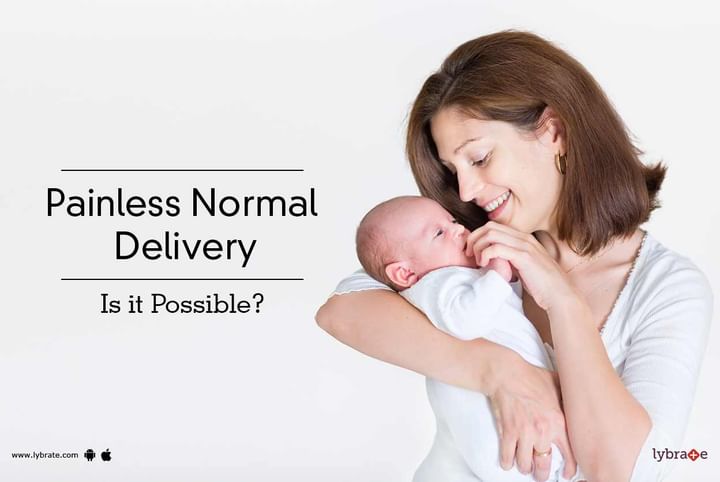Painless Normal Delivery - Is it Possible?
One of the most severe forms of pain is the pain that a woman experiences during the process of childbirth. On a scale of 1 to 10, with 10 being the most severe, it is believed to be 8 to 10. In the earlier days, a number of women would die during childbirth and survival was considered as a second lease of life. This belief has however, changed with the advancements in medical science. The delivery has now become an almost painless procedure.
How it works: The pelvis and the lower limbs receive nerve supply through the nerves coming out of the spinal cord. A strong anesthetic is injected into the lower back to numb the pelvis and down below. This ensures that the mother is comfortable and awake during the whole procedure and is able to see the child being delivered but has reduced pain in the lower half of the body.
What are its benefits?
- The mother has a painless delivery and is conscious and able to see the process of delivery.
- Significant relief from the painful experience of childbirth. The pain induces secretion of stress hormones in the mother, which adversely affects both the mother and the child.
- Blood pressure is better controlled using this procedure.
- Additional instruments can be used during the delivery if required without the need for additional anesthesia.
- If required, the procedure can be converted to a cesarean section too, by adding an epidural catheter.
- The duration of childbirth has been significantly decreased.
- Suitable for patients who have preeclampsia and heart disease
It has some disadvantages too
There are minor complications, including:
- This can develop after the painless delivery and the onset and intensity vary from one individual to another
- Post-procedure headache
- Pain at the site of injection
- Difficulty during urination
- The normal pushing effect by the woman is reduced due to the numbness and so vacuum may be used or delivery may have to be converted to a cesarean one.
- In rare cases, there could also be a sudden drop in the blood pressure
Certain indications
In the following cases, the doctor would advise the mother to go for a painless delivery
- Medical conditions like preeclampsia, high BP, or other heart conditions
- Subsequent births after having had a cesarean section (VBAC – vaginal birth after cesarean)
- People who have previously had prolonged or complicated labor, a painless delivery is easy on both the mother and the child
When it should be best avoided
In some cases, like the ones listed below, the painless delivery should be avoided
- Women with bleeding disorders.
- Women who are on blood thinners like aspirin, heparin, etc.
- Women who have had prior low back surgeries
- Women with neurological conditions
A detailed discussion with your gynecologist is the best way to identify, if this would work for you.
In case you have a concern or query regarding gynaecological issues, you can consult a gynaecologist online & get the answers to your questions through online doctor consultation via video call.



+1.svg)
